Algorithms
1/29
There's no tags or description
Looks like no tags are added yet.
Name | Mastery | Learn | Test | Matching | Spaced |
|---|
No study sessions yet.
30 Terms
What is decomposition?
Breaking a complex problem down into smaller problems and solving each one individually
What is algorithmic thinking?
A logical way of getting from the problem to the solution
What is abstraction?
Picking out the important bits of information from the problem, ignoring the specific details that dont matter
What is pseudocode? What are the advantages of it?
Pseudocode clearly shows an algorithms steps without worrying about the finer details
Quick to write
Easy to understand
What do flowcharts do?
A flowchart is a diagram that visually represents the steps and decisions in a process or workflow
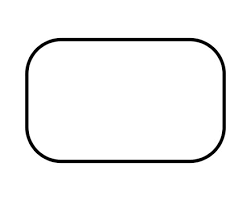
What does the box with rounded corners show in a flowchart?
The beginning/end of the algorithm
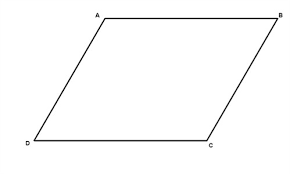
What is the parallelogram box in a flowchart?
Anything thats put into or taken out the algorithm
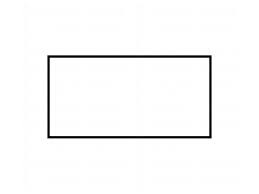
What does is rectangular box in a flowchart?
General instructions, calculations or processes
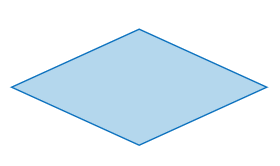
What is the dimond box in a flowchart?
A decision
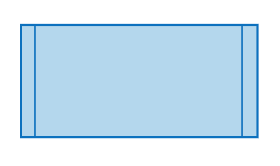
What is the rectangle box with lines in a flowchart?
A sub program
What is the arrow in a flow chart?
Shows which way to follow and connects boxes
Describe sequences flowcharts
A flowchart where there is only one way from start to the end
Describe selections flowcharts
A flowchart with selections/mutiple ways to get from start to stop
Describe iterations flowcharts?
Contains a loop which allows you to repeat a task
What does a binary search do?
Looks for items in a ordered list
How is bineary search carried out?
Find the middle item in the ordered list ((n + 1) / 2 = the middle number - round up if neccesary)
If this is the item your looking for, stop the search
If not, compare the item you looking for with the middle item and figure out which side of the middle item it will be on
Remove the side (first half or second half) the item your looking for is not on
Youll be left with a list half the size of the original list
Repeat the steps on the smaller list until you found your item
What does linear search do?
Looks for items on unordered list
How is linear search carried out?
Look at the first item in the unordered list
If this is the item your looking for - stop the search
If its not the item, look at the next item on the list
Repeat these steps until you find iy
What does a bubble sort do?
Compares pairs of items and sorts an unordered list
How is a bubble sort carried out?
Look at the first two items of the list
If they are in the right order you dont have to do anything but if they are in the wrong oder, swap them
Move on to the next pair of items (2nd and 3rd)
Repeat these steps until there is no more to swap
What are the advantages of bubble sorts?
Simple algorithm that can be easily carried out on a computer
Efficient way to check a list is already in order
Doesnt use much memory
What are the disadvantages of bubble sorts?
Inefficient way to sort a list
Does not cope well with large lists
What does a merge sort do?
Splits the list apart then merges it back together into the right order
How are merge sorts carried out?
Split the list in half (the smaller list is called the sub-list)
Keep repeating step one until all the list only contain one
Merge pairs of sub-lists so that each sub-lists has twice as many items
Order it while doing this
Repeat step three until you’ve merged all the sub-lists
What are the advantages to merge sorts?
More efficient and quicker then bubble sort
Consistent running time regardless of how unordered the items on the original list are
What are the disadvantages to merge sorts?
Slow for small lists
Even if a list is already sorted it stil goes through the whole process
Uses more memory
What does insertion sorts do?
Orders items on a list as it goes
How are insertion sorts carried out?
Look at the second item on the list
Compare it to all items before it and insert the number into the right place
Repeat these steps while going down the rest of the list until its ordered
What are the advantages to insertion sorts?
Very efficient
Easy to code
Works well with short lists
Doesnt require a lot of memory
Quick to add items to a already ordered list
Quick at checking the list is already ordered
What are the disadvantages to insertion sorts?
Doesnt cope well with very large lists